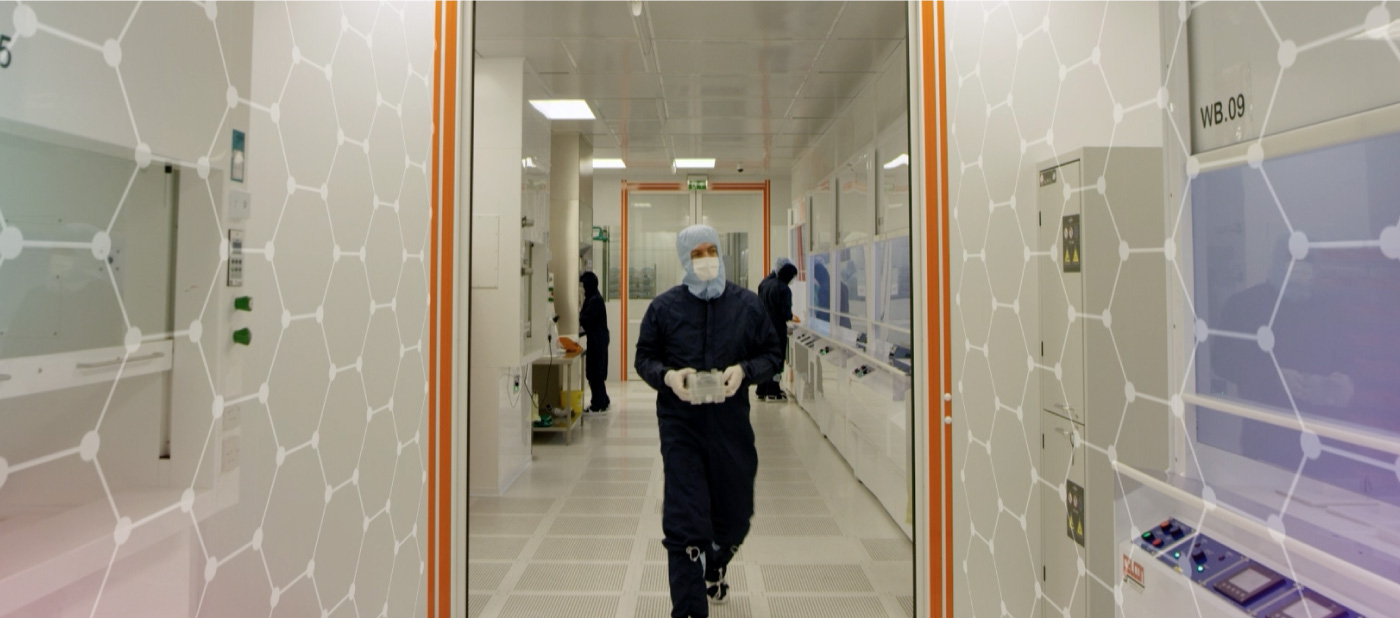‘Safety considerations for materials used in Hydrogen Environments’ took place earlier this month in Manchester and focused on a key theme that many in industry, academia, research and development are keen to explore: the selection, technical performance and safety of materials used in hydrogen environments.
As the UK decarbonises to meet its net zero ambitions, this Health and Safety Executive (HSE) event took a dive deep into the challenges associated with the use of materials in hydrogen environments and highlighted the work being done to understand the implications for safety.
David Johnson, Deputy Chief Scientific Adviser at HSE introduced the day, and Professor Paul Monks Chief Scientific Adviser at the Department for Energy Security and Net Zero (DESNZ) presented a keynote.
They were followed by Royce CEO Professor David Knowles who, as Session Chair for Materials Fundamentals and Selection, took the opportunity to set out how the newly developing hydrogen economy presents an extensive range of challenges and opportunities to the materials sector spanning all Technology Readiness Levels (TRLs).
He firstly outlined the challenges with hydrogen production, focusing on topics such as iridium for catalysts for electrolysis and new ionic conducting membrane requirements, before moving to requirements for alloys, composites and insulation for cryogenic storage tanks
Following a brief discussion of the challenges around materials for high pressure storage (highlighting the role of composites and metallic systems) he then outlined developments required across infrastructure including the need for materials innovation related to liquid hydrogen storage, the wide challenges of piping, seals, gaskets, and other components that are compatible with hydrogen and that deliver both safety and efficiency in hydrogen utilisation systems at ambient and cryogenic temperatures.
Finally his attention moved to challenges around the development of sensors, valves and detectors, where we’ll need to find alternatives to palladium alloy membranes in hydrogen sensors to detect leaks and ensure safety in hydrogen facilities, as well as alternatives to elastomer seals at low and high temperatures, including polytetrafluoroethylene (PTFE) and metal seals (and coatings).
David Knowles stressed the importance of a range of critical research, technology and design enablers including, scale-up and standardisation, an accessible materials database, qualifying and predicting materials degradation across the temperature and pressure spectrum and the development of UK testing, accreditation and standard setting capability for new materials.
He said:
“It’s clear that there is an intense appetite from the research community to be engaged, however we need to move at pace to develop the infrastructure to support a coherent research and innovation strategy that satisfies this demand, as well as to close key gaps in skills and capability. This will require stability in the funding needed to support a range of key materials translation activities.”


